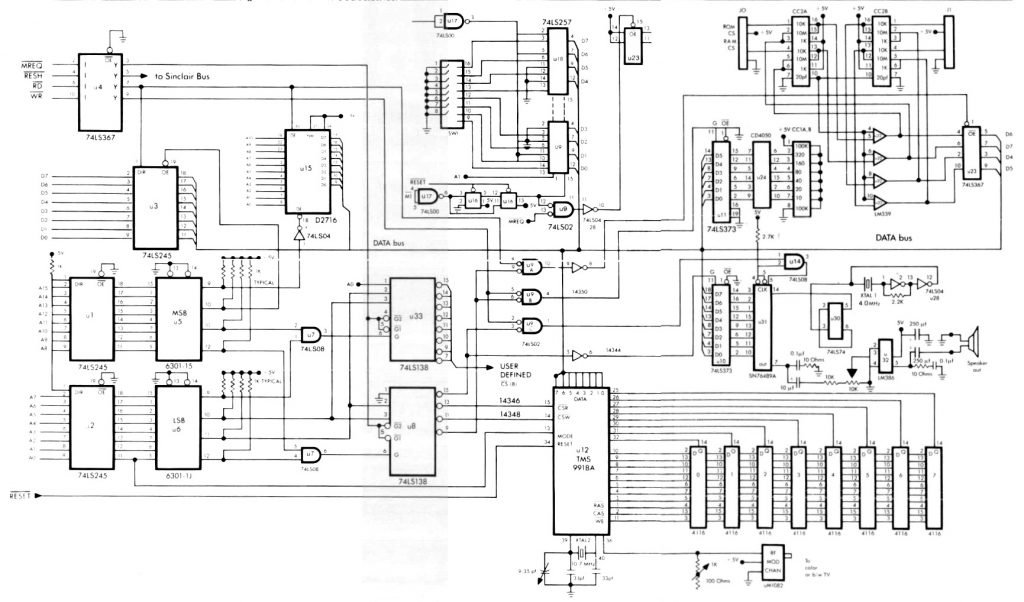Daniel Roy’s interest in computers started in high school, where he encountered his first computer. It had a video camera attached to it and he had his photo taken. It was enough to get him hooked.
Years later, he received a Sinclair ZX81 as a Christmas gift from his wife. Working late into the evenings, Dan taught himself assembly language to extract the most performance from his computer.
His curiosity led him to develop the ColorSIN81, an expansion board for the ZX81 that added color video, sound and a joystick interface.
Based on the Texas Instruments TMS9918A video display processor, Dan’s project was amazing. Dan was not an engineer. He had no prior experience building, much less designing computer circuits.
With the guidance of friends and engineers, Dan build a complex circuit that was, for all intents, a computer.
Working from Steve Ciarcia’s article on building a video card for the Apple II based on the TMS9918A, Dan added the 76489A sound chip, two analog joystick ports and an EPROM that expanded Sinclair BASIC with a number of new commands, including the missing READ, DATA and RESTORE commands.
The entire project was wire-wrapped. Each connection was an individual wire connected from the pin of one device to the pin another. It was a slow, methodical process that can produce errors if the builder is not careful. Wire-wrap as a technique rewards the patient.
Dan documented his project in a multi-page article in Sync magazine titled So You Wished You Had Bought A TS2000. The article gives almost everything needed to build the project except for the machine code programs for the EPROMs.
At the end of the article, Dan listed resources where parts could be ordered. Enterprising builders could purchase a complete kit (documentation, PROM, necessary parts, documentation) for $159. He sold more than 100 of the kits.

